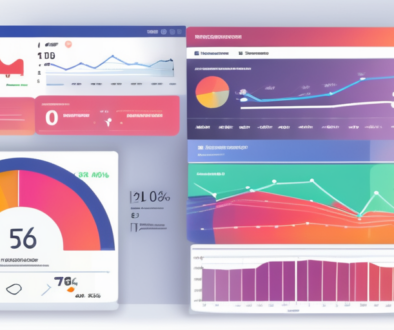Interest > Demographics
In the old days of marketing, we used to sort people by demographics.
“Our product is for 35-45 females who make between $40,000 and $60,000 a year”
And sure, for many mega companies, this might make sense.
It makes sense if you plan to sell over one million units. It also makes sense if you’re placing your product in a big-box retail store.
But today, our tools for targeting are way better.
For most small and medium-sized businesses, demographics are a total waste of time.
Instead, we want to target around interest and intent.
And conveniently, we have two powerful tools to do this: Facebook and Google.
Enter Facebook:
On Facebook, we have the most powerful interest targeting ever right at our fingertips.
You want to target people who like cosplay? You want to target people who like Ferrari? You want to target people who like Corgi butts? (and yes, this is actually a real segment)
We can do that.
This is way better than demographic targeting. Just walk down the street and you’ll realize that not all people in a certain demographic share the same traits.
Of course, this is obvious to people who don’t work in marketing all day, but somehow marketers tend to miss this.
So what about intent?
Enter Google:
The power of search-based Google Ads (AdWords) is targeting pure intent.
For example, say you sold smartphones. If I asked most people on the street to name the ideal target market for smartphones, it’d probably be 20-to-30-year-old males.
But there are millions of people who have smartphones that don’t fit into those categories. And if you just targeted demographics, you would miss them.
With intent, you can target keywords (“smartphones for sale” or “best smartphone under $100”). This means you can reach people in the moment they are looking to convert.
Let Demographics Go:
So unless you’re launching a national product and have multi-billion dollar marketing budgets, don’t target demographics. Go after interest and intent.
You’ll waste less money and get better results.


